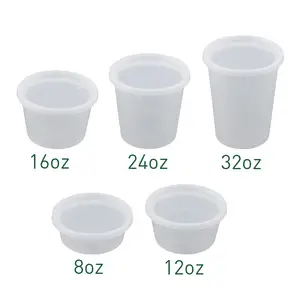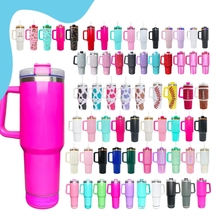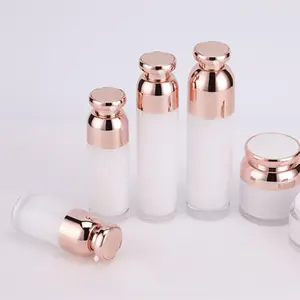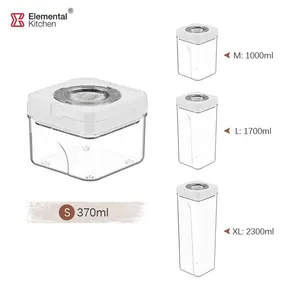A Comprehensive Guide to Airtight Vacuum Containers
The quest for preserving food's freshness has led to the innovation of airtight vacuum containers, a staple in the realm of food storage solutions. These containers are designed to provide an impermeable seal, safeguarding the contents from air and moisture, which are the primary culprits in food spoilage. This introduction delves into the various aspects of airtight vacuum containers, exploring their types, applications, features, and materials.
Types and Versatility
Airtight vacuum containers come in an array of styles to cater to diverse storage needs. Whether it's for multifunctional use in a home kitchen or for specialized storage in commercial settings, these containers are crafted to adapt. Options range from simple, flexible designs for everyday use to detachable units that cater to space-saving preferences. The versatility of these containers makes them suitable for a variety of settings, including restaurants, hotels, and supermarkets.
Applications and Utility
The utility of airtight vacuum containers extends beyond just food preservation. They are equally adept at maintaining the integrity of items sensitive to air exposure, such as electronics or medical supplies. Their use is prevalent in scenarios ranging from outdoor activities like camping to gifting, where they serve as practical presents. The containers' ability to maintain a vacuum seal ensures that they are an essential tool for anyone needing to prolong the shelf life of their products.
Features and Design
When it comes to features, airtight vacuum containers are designed with user convenience in mind. Many models boast a stackable design, enhancing kitchen organization and saving valuable counter space. The design aesthetics of these containers have evolved, with options available in classic, modern, and minimalist styles, ensuring they blend seamlessly with any decor.
Materials and Construction
The construction of airtight vacuum containers often involves durable materials like high-grade plastic, glass, or stainless steel, each selected for its ability to create an airtight seal and resist wear over time. These materials are chosen for their food safety, ease of cleaning, and sustainability, contributing to the containers' longevity and performance.
Advantages of Using Airtight Vacuum Containers
The advantages of using these containers are manifold. They are instrumental in reducing food waste, preserving the nutritional value of food, and aiding in meal prep efficiency. By removing air from the equation, these containers help in slowing down the oxidation process, thereby extending the freshness and flavor of the contents.
In summary, airtight vacuum containers are an essential component for anyone looking to enhance their food storage practices. Their ability to maintain a vacuum seal, coupled with their versatile designs and durable materials, make them a valuable addition to any kitchen or storage environment.








































 浙公网安备 33010002000092号
浙公网安备 33010002000092号 浙B2-20120091-4
浙B2-20120091-4